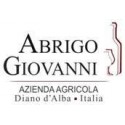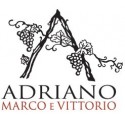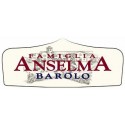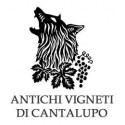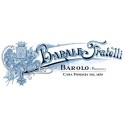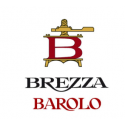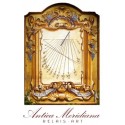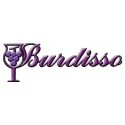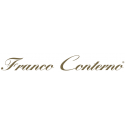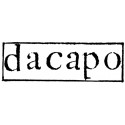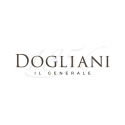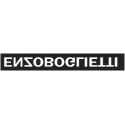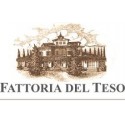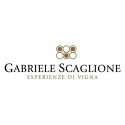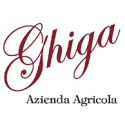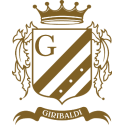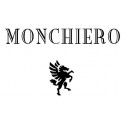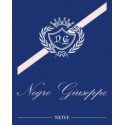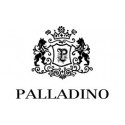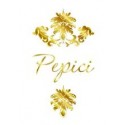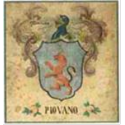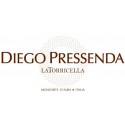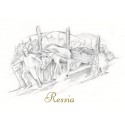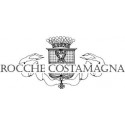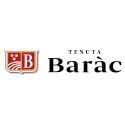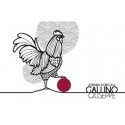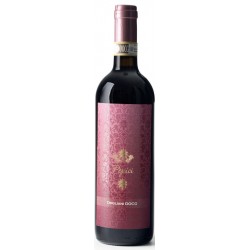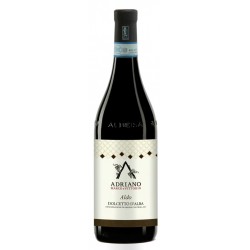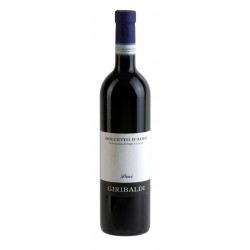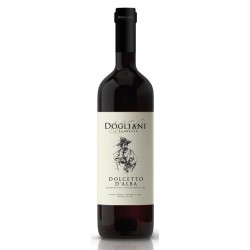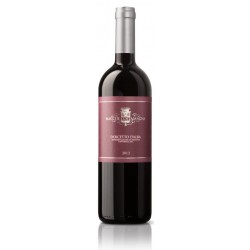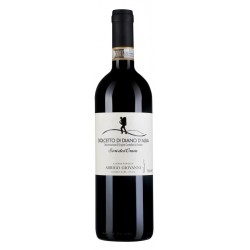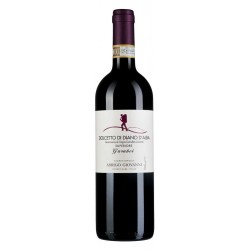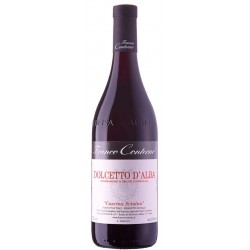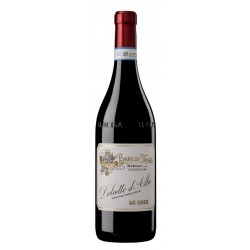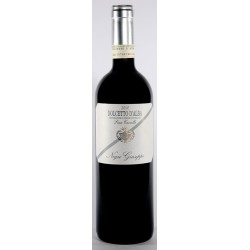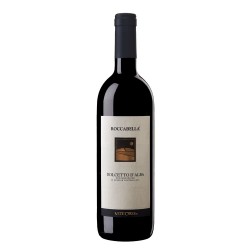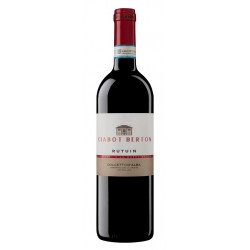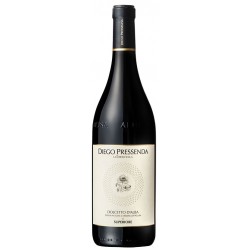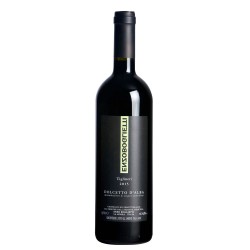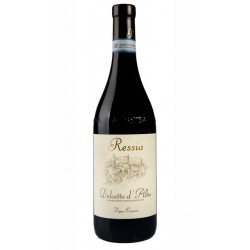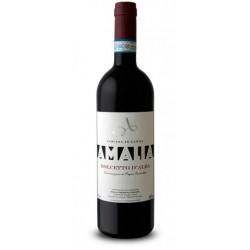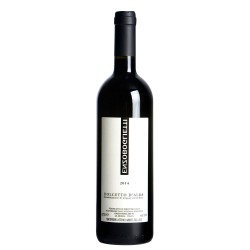No products
Prices are tax included
Product successfully added to your shopping cart
There are 0 items in your cart. There is 1 item in your cart.
Our's Manufacturers
- White Wines
- Red wines
- Rosé wines
- passiti wines
- Sweet Wines
- Sparkling wines
- Champagne
- Special Offers
- Wines from the world
- Finest Wines
- Awarded wines
- Tasting List
-
Our's Manufacturers
- Abrigo Giovanni
- Adriano Marco e Vittorio
- Amalia
- Anselma Famiglia
- Antichi Vigneti di Cantalupo
- Barale Fratelli
- Brezza
- Bricco Mollea
- Burdisso
- Conterno Franco
- Dacapo
- Dogliani il Generale
- Enzo Boglietti
- Fattoria Del Teso
- Fratelli Serio & Battista Borgogno
- Gabriele Scaglione
- La Spinetta
- Ghiga
- Giribaldi Mario
- Monchiero
- Negro Angelo
- Negro Giuseppe
- Palladino
- Pepici
- Pietro Piovano
- Pira Luigi
- Pressenda Diego
- Ressia
- Rocche Costamagna
- Tenuta Baràc
- Gallino Giuseppe
- Bag in Box
- Spirits and Liqueurs
- Not only wine
Refine your search
In this section, we show the manufacturers not only linked to our land who have decided to establish a direct relationship with byvino for the marketing of their products. In this way, on one hand, we want to help, promote and raise awareness the manufactures of our land, even small and smallest, who do not have much visibility, and, at the same...
In this section, we show the manufacturers not only linked to our land who have decided to establish a direct relationship with byvino for the marketing of their products. In this way, on one hand, we want to help, promote and raise awareness the manufactures of our land, even small and smallest, who do not have much visibility, and, at the same time, offer quality products at very attractive prices
Our's Manufacturers There are 414 products.
Subcategories
-
Abrigo Giovanni
-
Adriano Marco e Vittorio
-
Amalia
-
Anselma Famiglia
-
Antichi Vigneti di...
-
Barale Fratelli
The roots of the Azienda Agricola Barale Fratelli reach back to distant 1870, soon after Barolo wine made its appearance in the Langhe thanks to the work of the Falletti Marquis and of Camillo Benso, Count of Cavour. It was Cavour who invited French enologist Louis Oudart to the Langhe in order to develop an innovative style of winemaking suited to the Nebbiolo grape, which gave birth to modern Barolo production.
Francesco Barale was among the pioneers of this fortunate wine. The first traces of the Barale family in Barolo date to a 1600 parochial register. They owned vineyards in the Castellero, Cannubi, Preda and Costa di Rose zones. Today Sergio Barale, with his daughters Eleonora and Gloria, continue the family’s centuries-old experience of wine production. The cellar has embraced new technologies, always with the aim to increase the quality of Barolo and other typical wines from these hills.
Nonetheless, today as in the past, the character of wines is forged in the vineyard through assiduous manual labor. The processes of vinification and ageing merely maintain the equilibrium of the fruit’s components, with the aim of producing harmonious wines, readily recognizable in their organoleptic qualities as true to the grape varietal and the zone of origin.
-
Brezza
-
Bricco Mollea
-
Burdisso
-
Conterno Franco
-
Dacapo
-
Dogliani il Generale
-
Enzo Boglietti
-
Fattoria Del Teso
-
Fratelli Serio &...
-
Gabriele Scaglione
-
La Spinetta
-
Ghiga
-
Giribaldi Mario
-
Monchiero
-
Negro Angelo
-
Negro Giuseppe
-
Palladino
-
Pepici
-
Pietro Piovano
-
Pira Luigi
-
Pressenda Diego
-
Ressia
-
Rocche Costamagna
-
Tenuta Baràc
-
Gallino Giuseppe
-
-
Dolcetto d'Alba Aldo, Adriano Marco e...
11,00 €WAITING FOR THE LIST OF NEW VINTAGES. FOR INFORMATION, SEND AN EMAIL TO freddy.musso@gmail.com -
-
Dolcetto d'Alba, Dogliani il Generale
From our most ancient vineyards located near Vergne, this wine is the symbol of the Piedmontese conviviality. Its colour is brilliant red with the tendency of having purplish tinges; its fragrance is vinous and pleasantly fruity. A dry taste, smooth, pleasantly bitter, harmonic
9,50 €In Stock -
Dolcetto d'Alba, Luigi Pira
To the eye, the wine is deep ruby-red in colour with violet highlights. The bouquet is young and fresh, with a playful combination of fruity and flowery notes. To the palate, Dolcetto offers a well-balanced, persistent combination of tartness, tannins and alcohol, and has a long, complex final
12,00 €In Stock -
Dolcetto d'Alba, Rocche Costamagna
It is a classic Dolcetto d’Alba for every day drinking, with pleasing aromas reminiscent of marasca cherries. Soft on the palate, with delicate and persistent flavours, marked by a light almond finish
12,00 €In Stock -
Dolcetto di Diano d’Alba Sorí dei Crava,...
11,00 €WAITING FOR THE LIST OF NEW VINTAGES. FOR INFORMATION, SEND AN EMAIL TO freddy.musso@gmail.com -
Dolcetto di Diano d’Alba Superiore...
13,50 €WAITING FOR THE LIST OF NEW VINTAGES. FOR INFORMATION, SEND AN EMAIL TO freddy.musso@gmail.com -
Dolcetto d’Alba Cascina Sciulun, Franco...
Very deep purple red in colour with violetbluish hues. Pleasant and persistent scent with hints of ripe raspberry. Pleasant and soft on the palate with a fine bitterish aftertaste
10,00 €In Stock -
-
-
-
Dolcetto d’Alba Rutuin, Ciabot Berton
Classic Dolcetto but with personality, characterised by evident floral and fruity notes. Ageing exclusively in steel gives it a pleasant crispness
9,00 €Out of stock -
Dolcetto d’Alba Superiore, Diego Pressenda
The name “Superiore” is given when the wine has at least one year of aging.
13,00 €In Stock -
-
Dolcetto d’Alba Vigna Canova, Ressia
Traditional Dolcetto. The entire wine making process aims at recreating and preserving the freshness, the elegance and the flavor of the Dolcetto grape variety
10,32 € 11,72 € -12%In Stock -
Dolcetto d’Alba, Amalia
Traditionally, Dolcetto is a simple table wine but thanks to the particular microclimate of the Sant’Anna vineyard this Dolcetto is a more complex wine which also has a discreet propensity to age AVAILABLE FROM MAY 2023
11,00 €In Stock -














